Developing a Five-Axis Solution for Machining Superalloy Aerospace Parts
Growing involvement in producing multi-blade aerospace parts made of superalloys presented Pietro Rosa with some machining challenges. Starrag’s LX 021 five-axis VMC helped the shop achieve tight tolerances and integrated production.
Making the move into machining high-precision aerospace parts is a tall order. For Pietro Rosa TBM, an Italian manufacturer that started more than a century ago as a maker of forgings, the solution involved getting help from its trusted machine supplier, Starrag, which advised the company on the use of its five-axis technology.
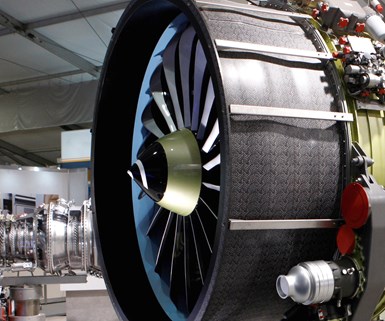
Pietro Rosa has succeeded in obtaining multi-year agreements with major aerospace engine OEMs, with a multimillion-dollar forward order book.
Starting in 1887 producing tools for the agricultural industry, Pietro Rosa soon moved into manufacturing fine cutlery, which remained the core business until after World War II, when it began developing and manufacturing more complex forgings such as net-shape steam and gas turbine blades for major Italian and international OEMs. Since then, Pietro Rosa has developed over 1,500 products in 30 different materials including special steels, titanium alloys, aluminum and nickel alloys.
While continuing its position as a precision forging operation, in more recent years the company has expanded into machining forged blades for the energy sector; forging and machining titanium and nickel-based superalloys; and manufacturing high volumes of aerospace workpieces such as compressor blades, jet engine airfoils, structural components and the like. Pietro Rosa is also served by a satellite production facility in Connecticut.
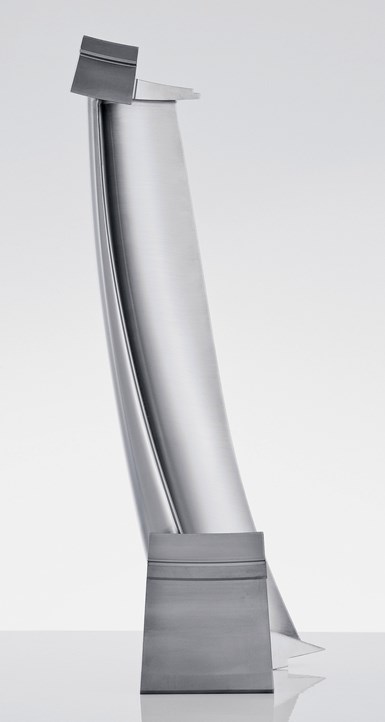
Part of Pietro Rosa’s aerospace contracts is machining jet engine compressor blades like this out of superalloys. This presented machining challenges for the company that Starrag’s LX 021 five-axis VMC helped to solve.
“Now especially, with an extensive forward order book coupled with the need to operate under cost-down pressures, we increasingly continue to work closely with Starrag to improve machining processes, particularly for our high-value products,” says President and CEO Mauro Fioretti. In fact, the shop uses Starrag machines to support all of its machining work, including single- and multi-blade products.
Developing a Five-Axis Machining Solution
Chief of Technology Andrea Maurizio explains the challenges of moving into the machining of titanium and superalloys: “With engines operating at higher temperatures, there is an increasing need for compressor blades of titanium and nickel alloys. But these heat-resistant super alloys are more difficult to machine, polish and test. So, while we not only need the best five-axis milling machines, we also must have smart fixturing, high-level process automation and process monitoring, and a dependable supplier that is responsive and has superlative technical support.”
Working closely together, Starrag’s applications department and Pietro Rosa’s engineers developed a process involving the appropriate programs, special fixturing and tooling (ceramic for roughing operations and solid carbide for finishing) to produce multi-blade airfoil components. Each of the superalloy multi-bladed compressor components is machined into the required shape, with very tight tolerances throughout — including within 50 microns on the profile.
The process developed is designed to complete each multi-bladed component in one cycle, after which the part is passed to a coordinate measuring machine (CMM) for inspection. Ten sections on each blade are measured, equating to thousands of features on each component section.
“We originally discussed machining the airfoils from forgings,” Mr. Maurizio says, “but rising order volumes negated this approach (due to the relatively long lead times involved in forgings) in favor of machining from bar.” This being determined, there were still a number of production issues that had to be overcome before he could declare the process reliably repeatable, not least of which was the potential for workpiece distortion between the roughing and finishing operations.
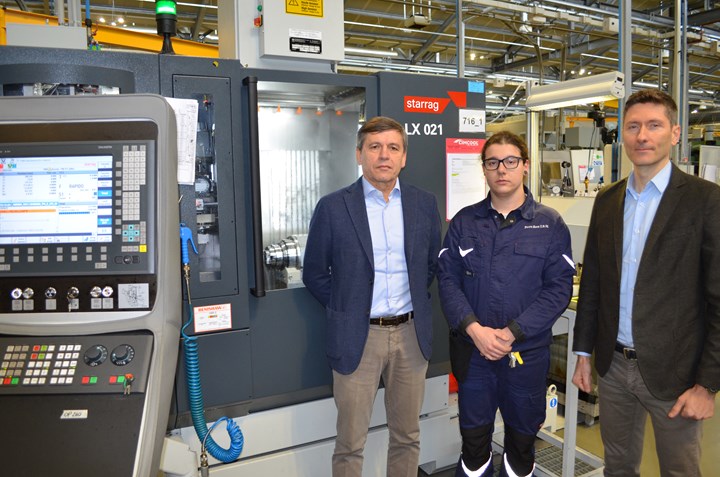
Pietro Rosa’s chief of technology, Andrea Maurizio (right) and general manager Francesco Parisi (left) with Maico de Cecco, the operator of this Starrag machining cell.
Supplying Machining Technology as Well as Insight
Pietro Rosa purchased Starrag’s LX 021, which is specifically designed for machining blades. The five-axis VMC has a 20-kW, 30,000-rpm milling spindle. The X, Y and Z axes measure 400, 200 and 410 mm, respectively. The A axis, with 360 degrees of rotation, is powerful enough to turn parts at 4,000 rpm. The B axis, meanwhile, provides -45/+95 degrees of swivel.
Mr. Maurizio says that the machine’s adaptive milling routines, built into Starrag’s on-board RCS CAM software, were a vital feature factoring into the company’s decision to acquire the five-axis VMC. The machine also includes Sarrag’s Integrated Production System, which includes enterprise resource planning (ERP)-interfacing cell management software and process quality control features designed to avoid collisions in using 3D modeling.
Pietro Rosa relied on Starrag as a source of technology as well as insight as it moved into machining multi-bladed parts. “Our joint partnership with Starrag has enabled us to overcome the problems of complexity of machining such components,” says General Manager Francesco Parisi. “Ongoing cost-down initiatives and the continually rising demands in blade surface integrity have spurred continuous improvement in our production regimes.”
“With machining increasingly becoming highly complex, spurring higher levels of flexibility by key suppliers such as us, we need to automate as much as we can and include as many multiple processes as possible into flow lines,” Mr. Maurizio says. “As aircraft programs continue to grow — with relatively low batch sizes gradually being replaced by stable, higher-volume quantities — it is clear that automation is the key to cost competitiveness.”
Related Content
Fearless Five-Axis Programming Fosters Shop Growth
Reinvestment in automation has spurred KCS Advanced Machining Service’s growth from prototyping to low-and mid-volume parts. The key to its success? A young staff of talented programmers.
Read MoreHigh RPM Spindles: 5 Advantages for 5-axis CNC Machines
Explore five crucial ways equipping 5-axis CNC machines with Air Turbine Spindles® can achieve the speeds necessary to overcome manufacturing challenges.
Read MoreLean Approach to Automated Machine Tending Delivers Quicker Paths to Success
Almost any shop can automate at least some of its production, even in low-volume, high-mix applications. The key to getting started is finding the simplest solutions that fit your requirements. It helps to work with an automation partner that understands your needs.
Read MoreWhy Go Five-Axis: Machine Types and Benefits
Even as the benefits of five-axis machining stack up year by year, the barrier for entry crumbles.
Read MoreRead Next
Machining Titanium Aluminide at AeroEdge
Japanese manufacturer AeroEdge has had success in machining turbine blades from challenging TiAl through a combination of customized VMCs and cutting tools designed in house.
Read More3 Mistakes That Cause CNC Programs to Fail
Despite enhancements to manufacturing technology, there are still issues today that can cause programs to fail. These failures can cause lost time, scrapped parts, damaged machines and even injured operators.
Read More

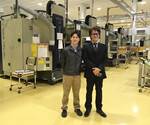






.jpg;maxWidth=300;quality=90)




.png;maxWidth=300;quality=90)








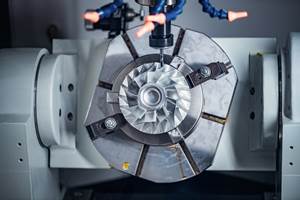



.jpg;maxWidth=970;quality=90)